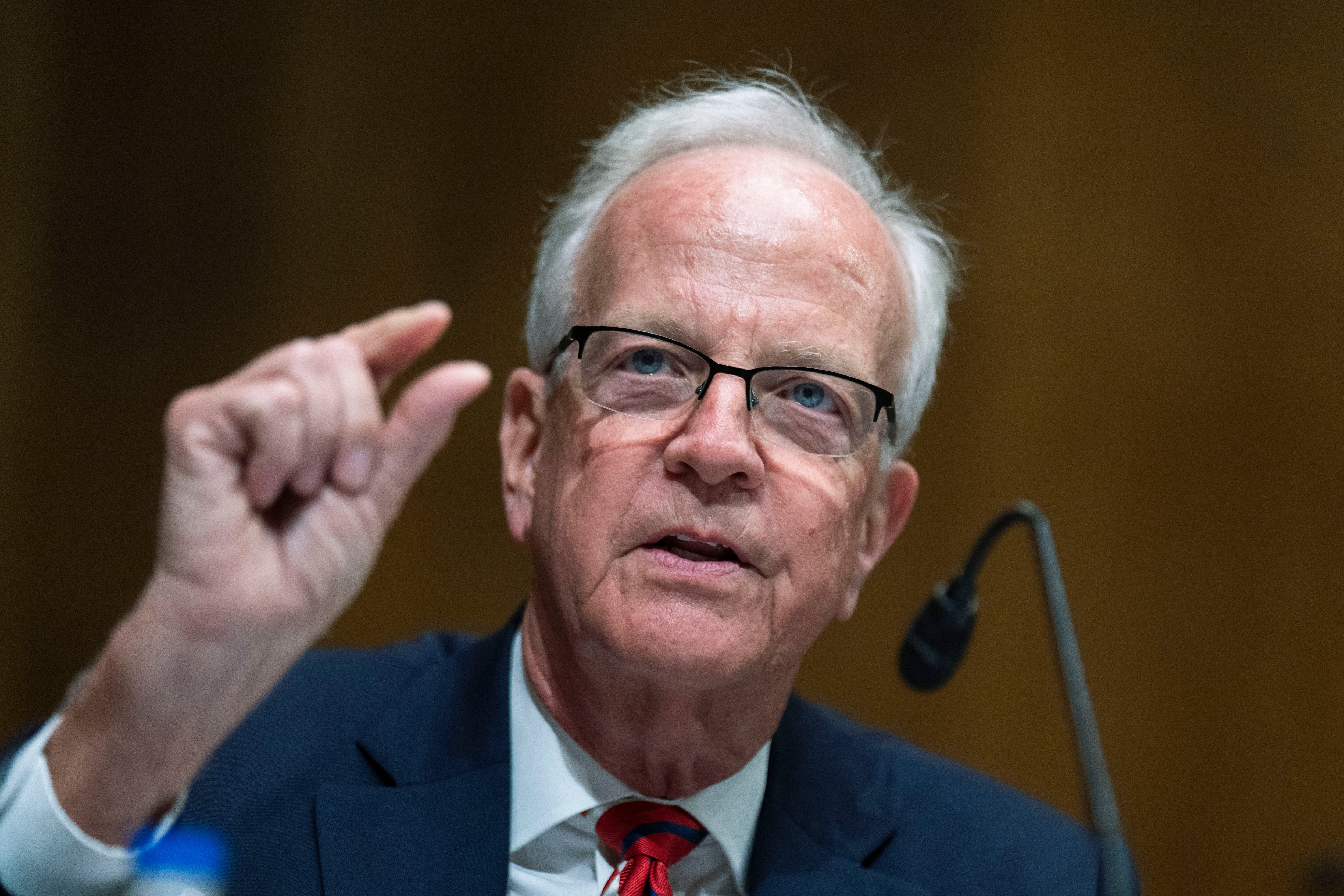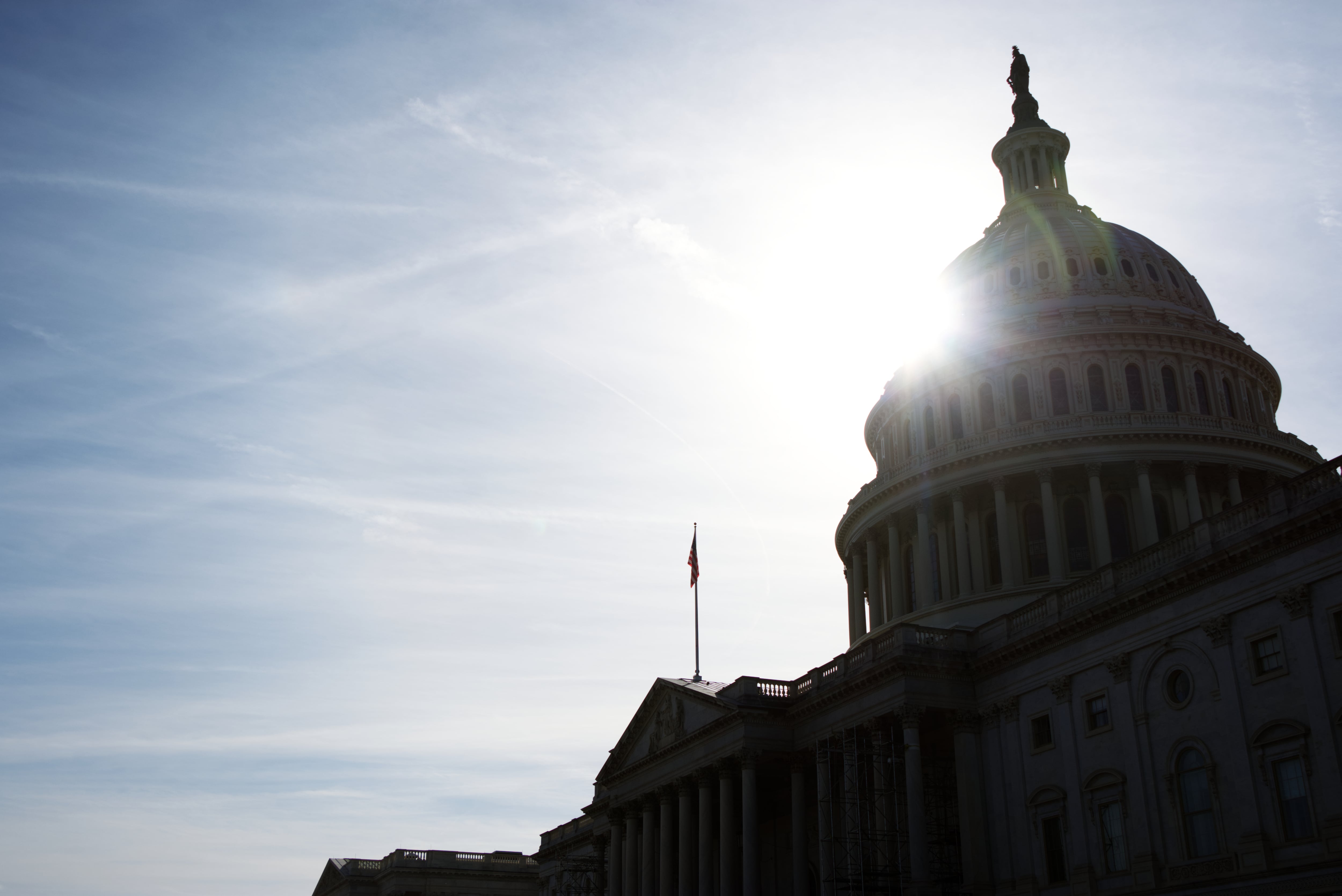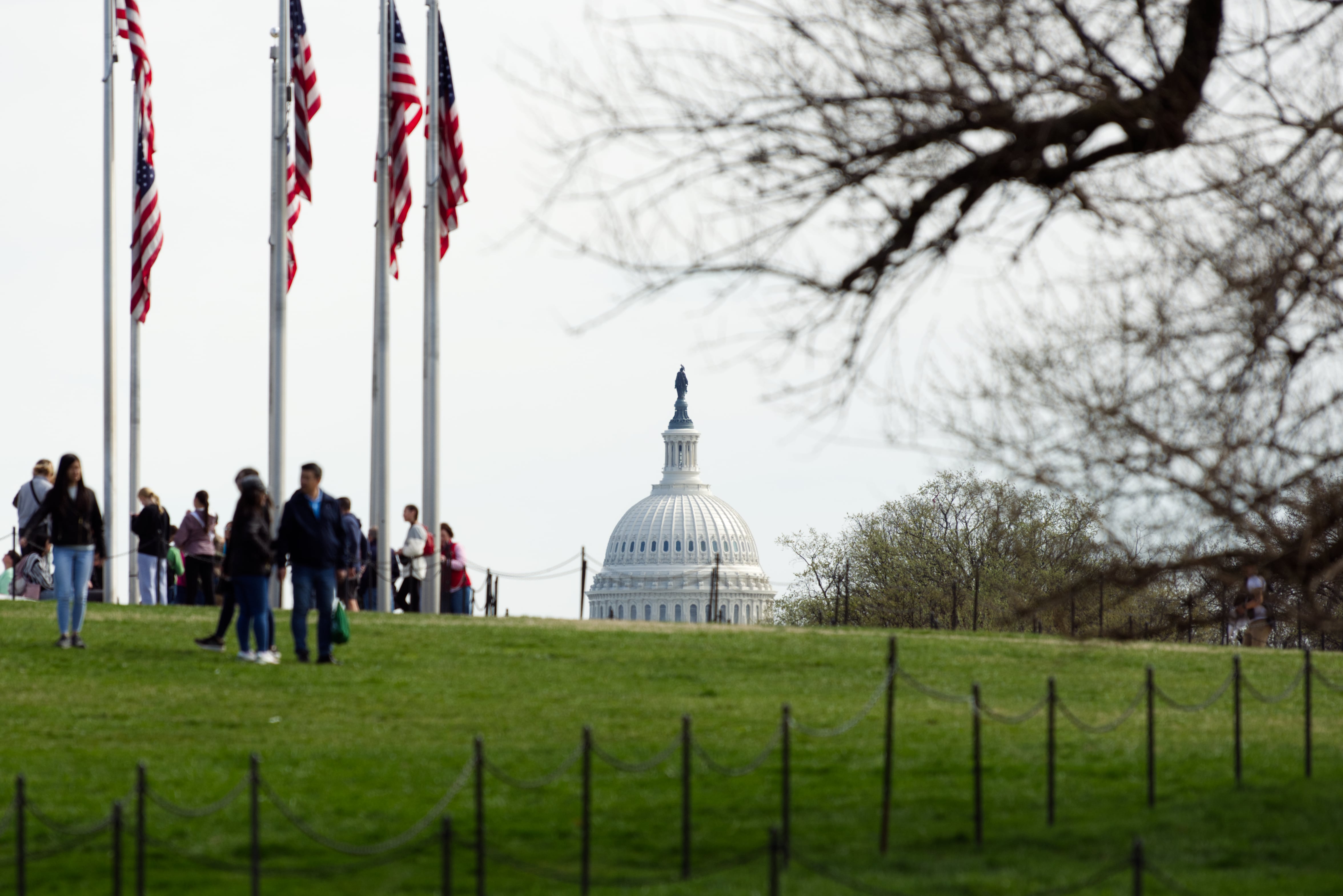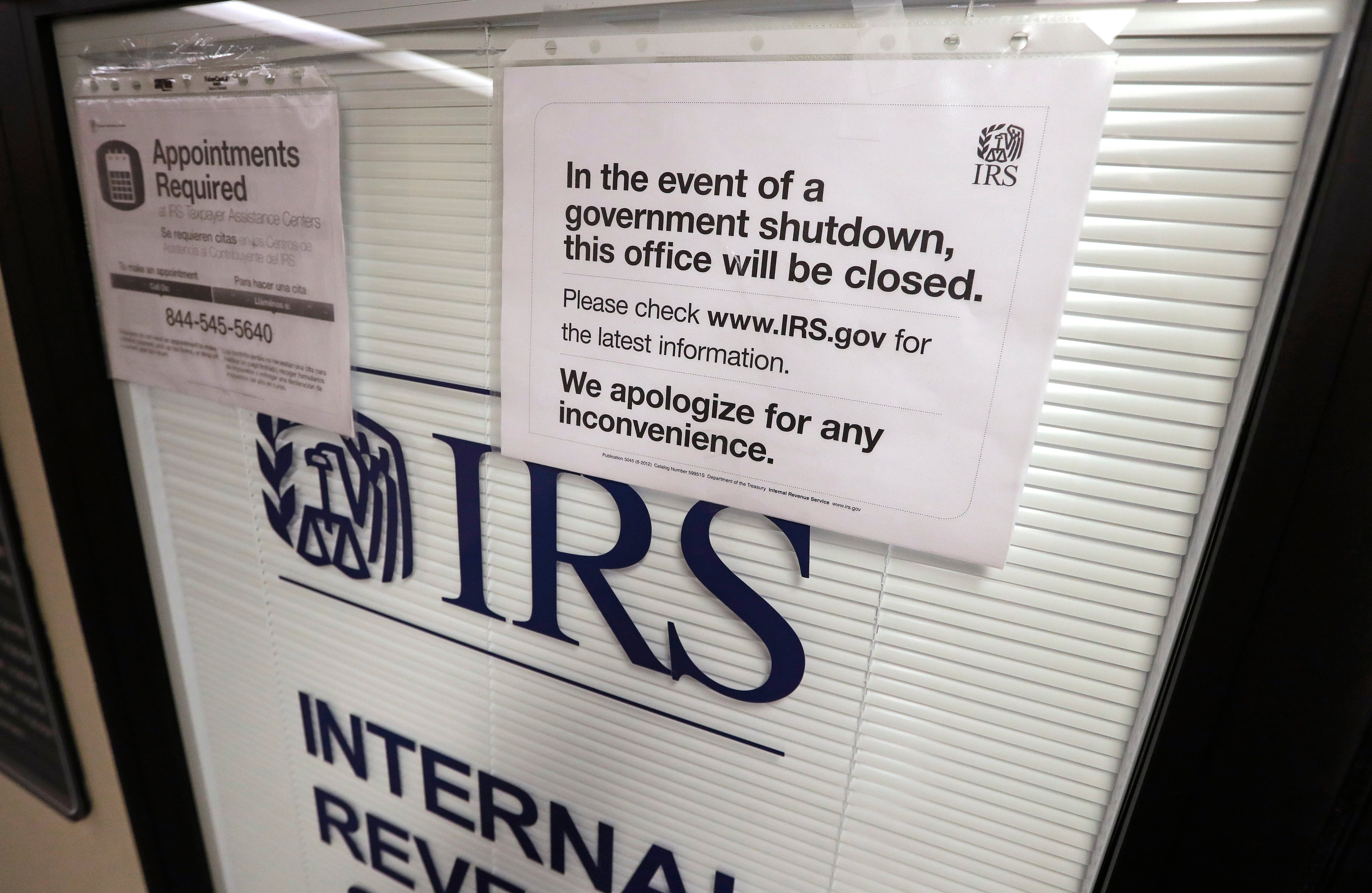President Trump made good on one of his campaign promises on Jan. 30, signing an executive order that would require for every regulation proposed by federal agencies, two more current regulations would be eliminated.
The move is seen as a way for the administration to scale back regulatory costs, and it has one example to look to for previous success: the United Kingdom.
The British first placed controls on regulations 20 years ago with its Better Regulation Commission. The UK government found in 2005 that the cost of regulation equated to £100 billion, roughly 10-12 percent of its gross domestic product, and set about a process of cost-benefit analysis to determine how to reduce that cost through a "one in, one out" approach.
Jitinder Kohli, managing director at Deloitte Consulting and former chief executive of Better Regulation Executive — the successor to the Better Regulation Commission — said one important aspect of the Trump executive order harkens back to the British example of weighing the cost benefits of good vs. bad regulation.
"Let’s take a different analogy. When you buy clothes, they often land in your closet. Then every so often, you look in your closet and you have a good clear out and find some clothes you don’t want or even need anymore," he said.
"I say the same is true of regulation. What this executive order should do is it should lead to a culture change in agencies where there is an incentive for them to look inside their closets and look for ways to tidy up and streamline their regulations."
The British government set a goal of cleaving out £3.5 billion in savings in 2005, and Kohli said that the reduction in costs to business had eclipsed £10 billion since that time.
Balancing the costs of those regulations is more integral than how many are taken off the books. A 2012 report from the UK’s National Audit Office examining the Better Regulation Executive foundthat from January 2011 to December 2012, the government reduced regulation costs to business by £848 million when adding 40 regulations, removing an additional 77 and identifying 68 regulations as "zero net cost."
Alan Chvotkin, executive vice president and counsel of the Professional Services Council, said that by setting a zero incremental cost goal for regulations in 2017, followed by deeper analysis in 2018 and beyond, the order allows for agencies to act on regulations in both the near- and long-term.
"I think what we’ll likely see first is a delay in rulemaking. In and of itself, that will accomplish much of the same goal has repeal," he said, noting that questions remain about whether OMB will seek to sunset some regulations and a way to reduce burden.
Kohli said agency leaders can start to look for the low-hanging fruit of efficiencies that might save money now, like paperless forms or by simplifying some documentation.
"So I would want to particularly look at ways in which it was possible to streamline regulatory costs through relatively simple mechanisms," he said. "The executive order defines regulation very broadly, and that, I think is an opportunity for agencies, because I think it allows agencies to look for savings in very broad ways."





